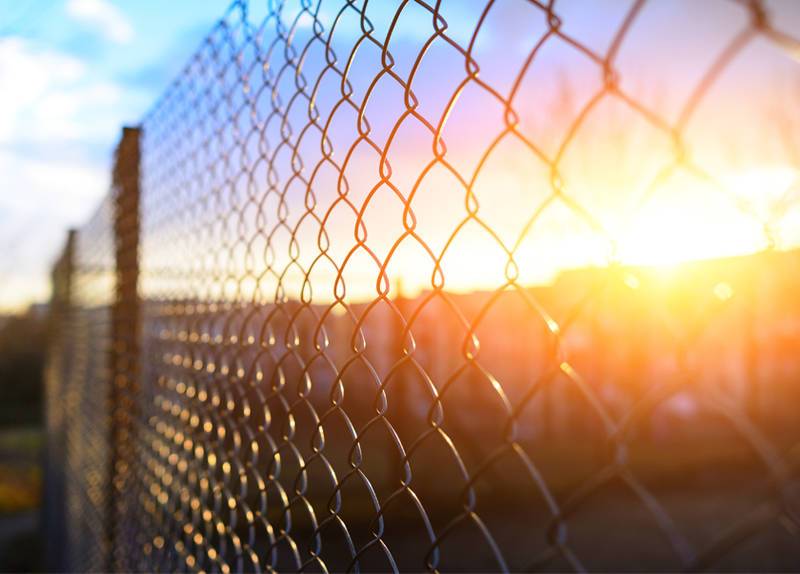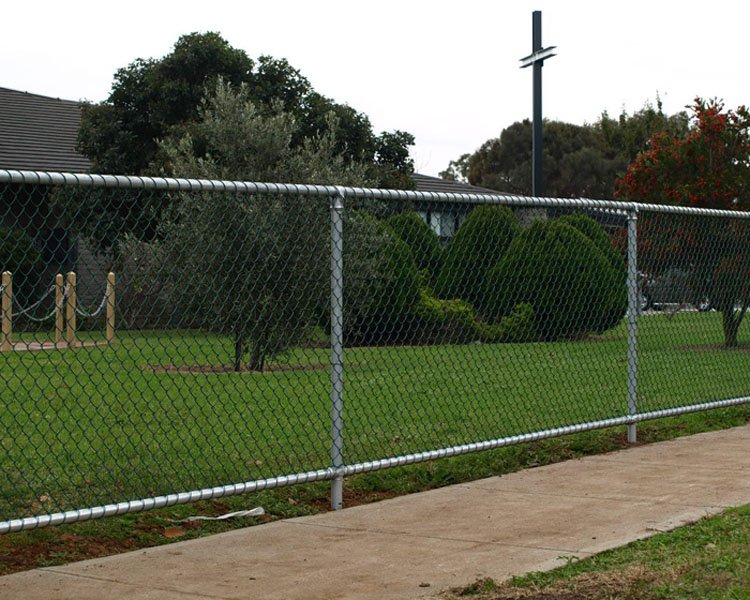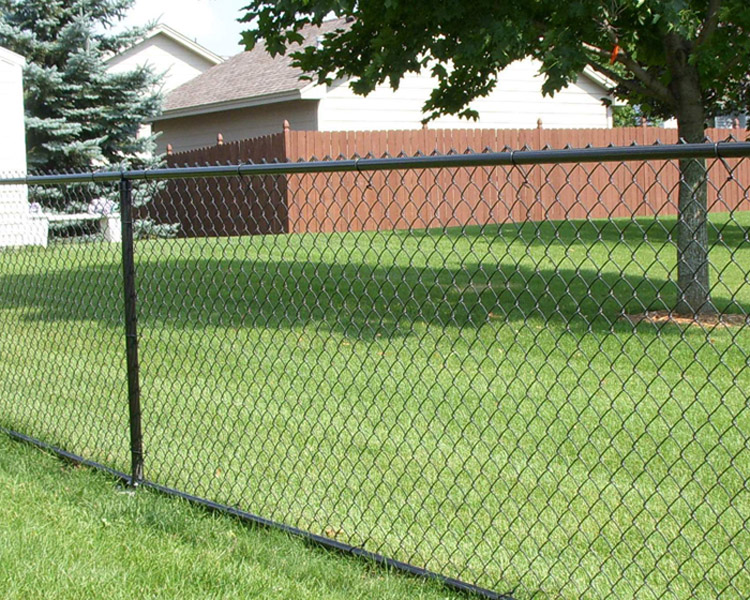- Home
- About Us
- Products
- Service
- Project
- News
- Contact Us
Pulished on Mar. 17, 2023
Chain link fencing is a popular and versatile type of fencing used for both residential and commercial purposes. It is known for its durability, affordability, and low maintenance requirements. The weaving process of chain link fence involves creating a mesh of interlocking wires that form the distinctive diamond pattern that characterizes this type of fencing.

The weaving process of chain link fence involves several steps, each of which contributes to the final product's strength and durability. The first step in the process is to select high-quality wire that is suitable for use in fencing. The wire must be strong enough to withstand the stresses of being woven into a mesh and withstand exposure to the elements over time.
The wire used in chain link fencing is typically made from galvanized steel, which is coated with a layer of zinc to protect against rust and corrosion. This makes the wire resistant to rust and weathering, ensuring that the fence will remain strong and durable for many years.

Once the wire has been selected, the weaving process begins. The wire is fed through a machine that spins it into a spiral shape, known as a helix. The helical wire is then woven together with other helical wires to create a mesh of interlocking wires. The wires are woven together using a weaving machine that alternates the wires' direction, creating the characteristic diamond pattern.
As the weaving machine weaves the wire together, it also twists the wires together at each intersection, creating a strong, durable bond. The twisting process ensures that the wires are firmly secured in place and cannot easily come apart, even under stress.

Once the weaving process is complete, the chain link fence is ready for finishing. This involves applying a coating of protective material, such as vinyl or polyester, to the fence. This coating not only improves the fence's appearance but also provides additional protection against rust and weathering.
The weaving process of chain link fence can be done manually, but most modern chain link fencing is produced using automated machines. These machines can weave thousands of feet of fencing per day, making it possible to produce large quantities of fencing quickly and efficiently.

One of the benefits of chain link fencing is its versatility. It can be used for a wide range of purposes, from enclosing a backyard to securing a commercial property. It is also available in a range of heights, from just a few feet to over 20 feet, making it suitable for a variety of applications.
Another benefit of chain link fencing is its affordability. Compared to other types of fencing, such as wood or vinyl, chain link fencing is relatively inexpensive. This makes it an attractive option for homeowners and businesses on a budget.
In addition to its affordability, chain link fencing is also low maintenance. It requires little upkeep beyond occasional cleaning to remove dirt and debris. Unlike wood fencing, which can warp and rot over time, chain link fencing is not susceptible to moisture damage and will not rot or decay.
Chain link fencing is also easy to install. The interlocking mesh design means that the fence can be easily cut and shaped to fit any space. This makes it possible to install chain link fencing around irregularly shaped areas, such as a garden or pool.
Overall, the weaving process of chain link fence is a complex and precise process that results in a durable and versatile fencing product. Whether used for residential or commercial purposes, chain link fencing offers a range of benefits, from affordability to low maintenance requirements. With proper installation and care, chain link fencing can last for many years, providing a reliable and secure barrier for your property.